Thanks to all your support, this project is fully funded and is no longer available for support. Crayweed planting and monitoring and maintenance have been successfully concluded, and the patch will continue to grow.
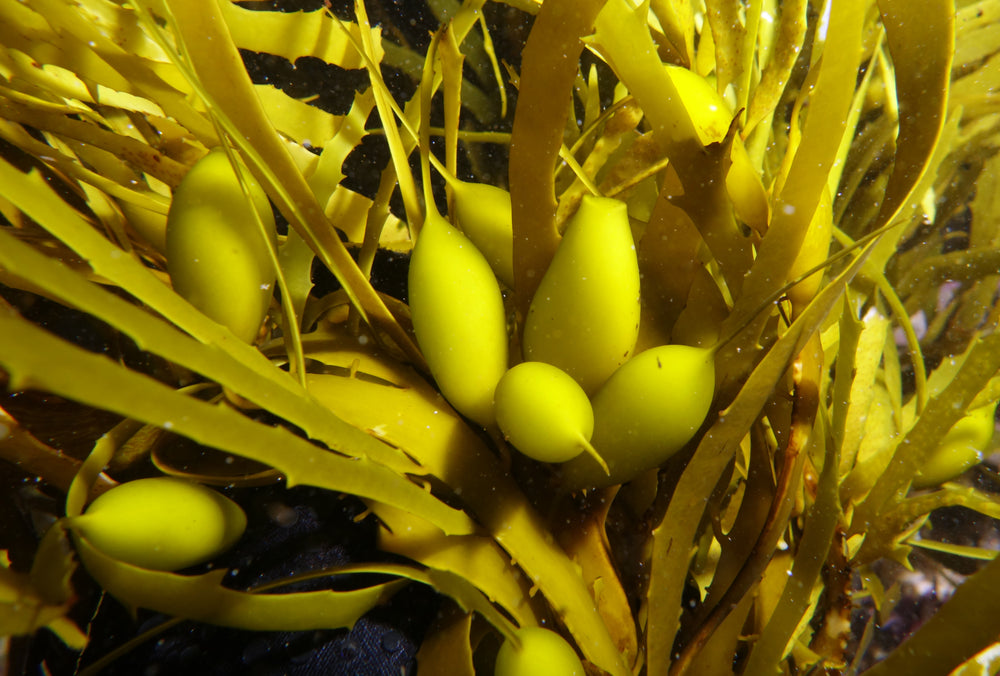
Restoring Sydney's Lost Kelp Forests
With the support of our local project partner Operation Crayweed, Seatrees is conducting the restoration of 43,056 sq-ft (4,000 sq-m) of kelp within two separate project sites along the South Bondi subtidal rocky reef in Sydney, New South Wales, Australia.
Our vision is to restore all of the 70km of lost kelp forests along the Sydney coast.
Crayweed Restoration Process
Prior to planting, a series of underwater surveys are completed to characterize biodiversity, so that changes that result from reintroducing crayweed can be adequately quantified.
With the support of our project partner Operation Crayweed, this project involves the transplantation of healthy, fertile adults from existing populations and attaching them to deforested rocks using mats made of biodegradable mesh drilled into the bottom of the rocky reef.
The newly reproduced ‘baby’ crayweed is attached to the reef, forming the basis of a new, self-sustaining population, which expands from the initially restored patch. Divers then continuously monitor the project site for crayweed survival and the return of marine life to the area. This process has already proven successful as adult crayweed has been observed hundreds of meters from the original patch.
By creating patches of transplanted crayweed on a reef, we are restoring forests of this essential species. Through this effort, we are also restoring its marine biodiversity and increasing the likelihood of critical marine species returning to the area and thriving as they once did.
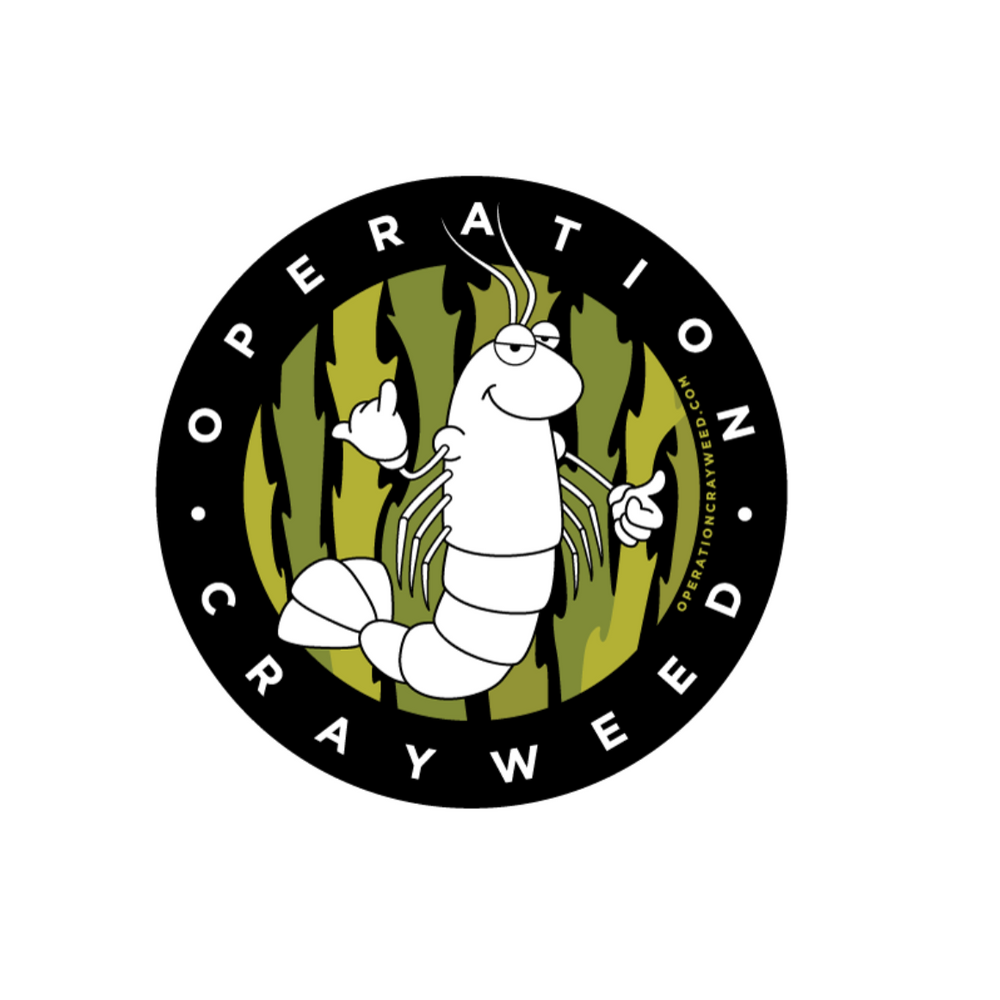
Operation Crayweed
Operation Crayweed is a flagship project from the non-profit organization Sydney Institute of Marine Science. Operation Crayweed aims to bring crayweed back to reefs where it once flourished and to re-establish this essential habitat and food source for Sydney’s coastal marine biodiversity.
A little further reading...
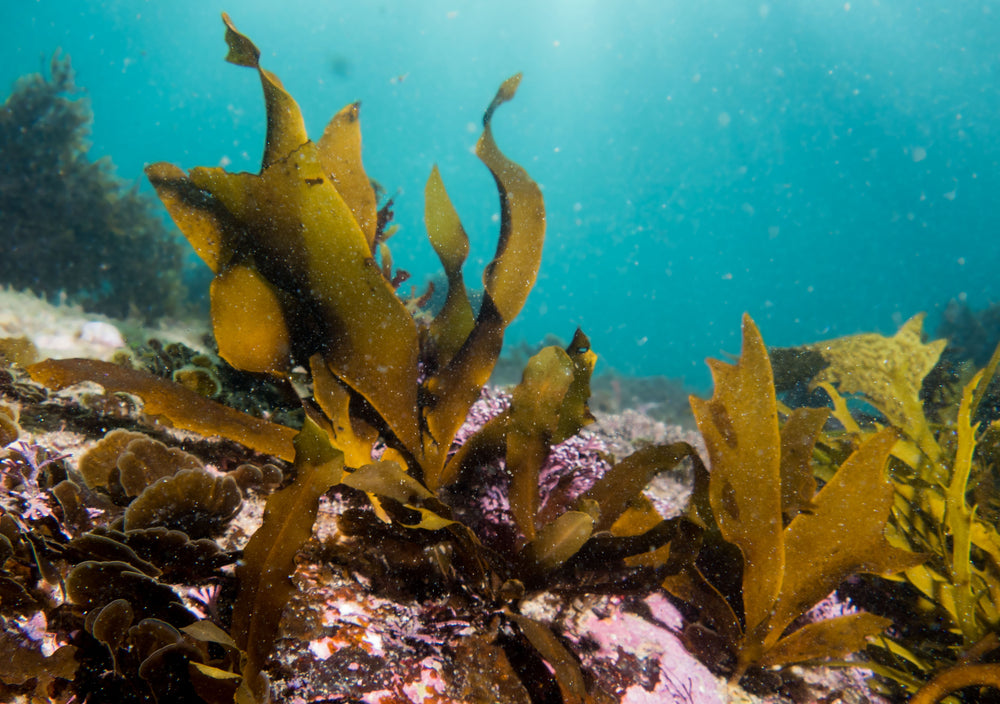
A Critical Ecosystem In Rapid Decline
Beginning in the early 1980s, the crayweed population suffered an abrupt decline, eventually going locally extinct. This decline was primarily due to poorly treated sewage pumped directly onto Sydney’s beaches and bays. Although water quality in Sydney has improved dramatically since the addition of deep ocean sewage outfalls, the crayweed forests have not returned.

A Unique Geographic Setting - Subtidal Rocky Reefs
‘Crayweed’ forms dense forests on shallow reefs from Port Macquarie to Tasmania along the South Eastern coast of Australia. It provides food and habitat to hundreds of fish and invertebrates, including economically important abalone and crayfish. The degradation and eventual extinction of crayweed in Sydney has been detrimental to the local marine biodiversity and economy.
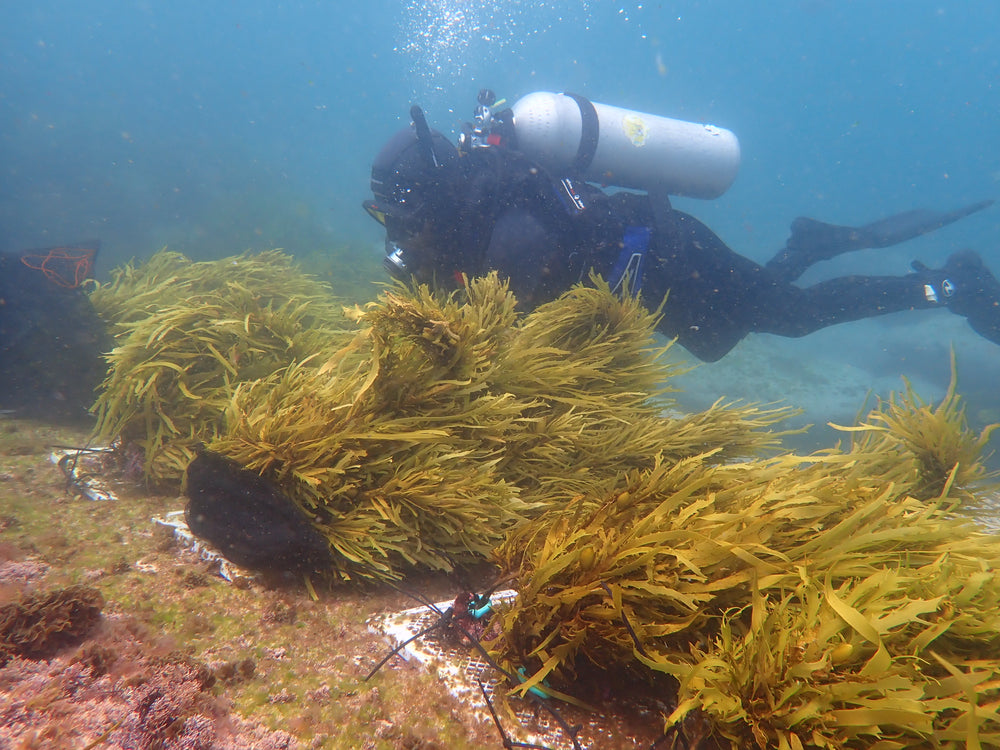
Sustainable Development
This project provides long-term employment for the local community. This in turn drives other Sustainable Development benefits.
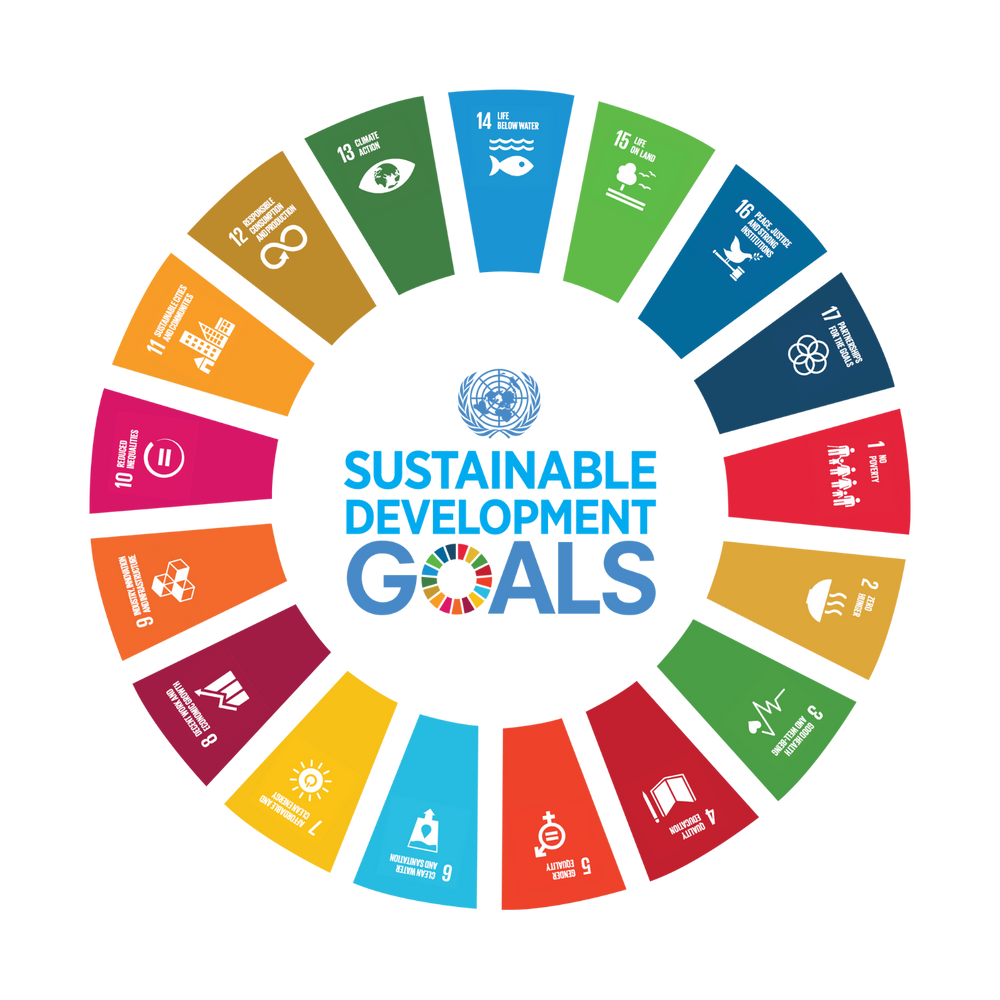
Sustainable Development in Sydney
Crayweed is among the most important ecosystems on the planet, providing critical food and habitat for hundreds of species. These vast underwater forests support coastal food webs, sequester immense amounts of atmospheric carbon, produce oxygen for marine life, and support unique coastal biodiversity, which is not supported by any other seaweed species.
Key Impact Metrics
This project:
- Restores the locally extinct species of Phyllospora comosa, known locally as 'Crayweed.'
- 20 m² of crayweed (~520 adults) have been transplanted onto Sydney’s reefs.
- A site this size can naturally expand to ~400 m² in 2 years and ~4,000 m² in 6 years (Verges et al. 2020).
- Engages local community members and increases the potential for the preservation of marine environments for generations to come.
- Provides ecosystem services such as nutrient cycling, carbon sequestration, oxygen production, coastal and habitat protection, and supports unique coastal biodiversity.
- Improves ocean aesthetics, custodianship, engagement, and education to promote ocean protection.
- Protects critical species such as wrasse, parma, abalone, lobster and herring.
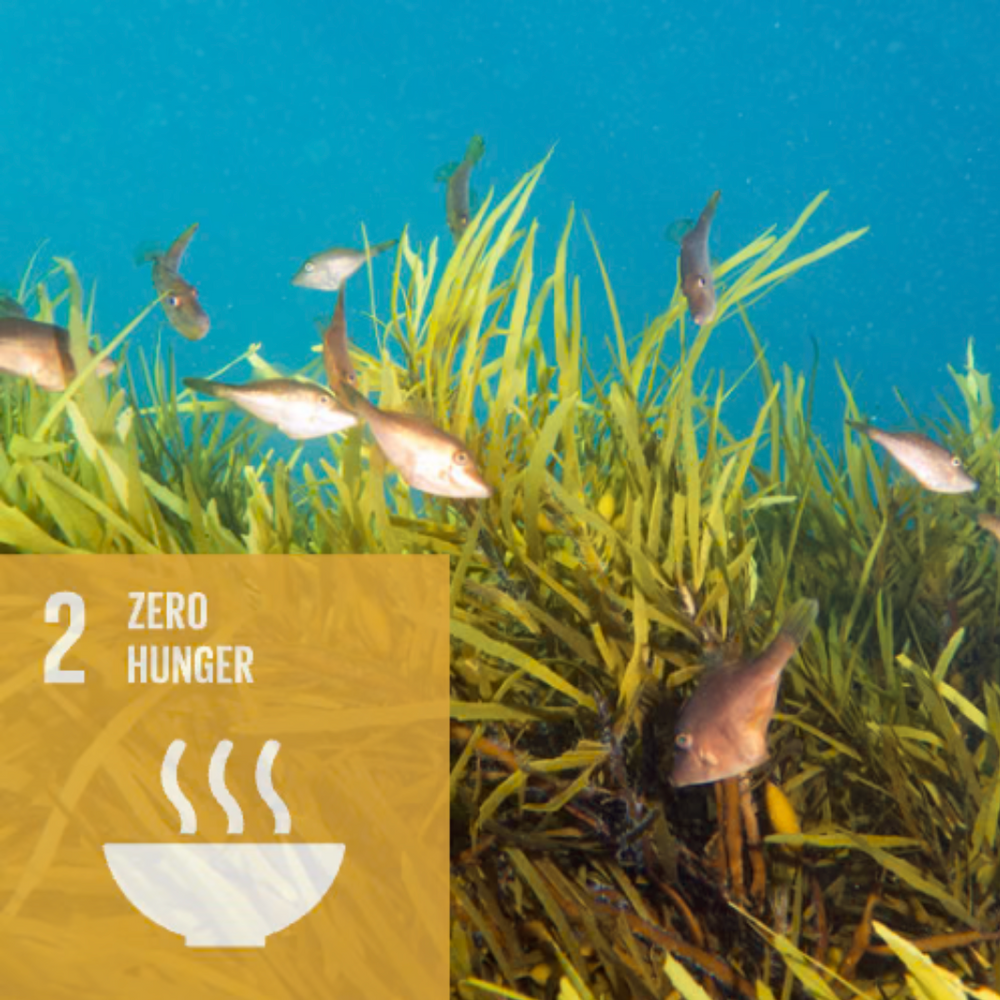
Zero Hunger
The Sydney crayweed forests support economically important species targetted by commercial and recreational fishers, including abalone and lobster. By restoring crayweed forests, this project enhances the habitat for these species, with a potential link to food security.
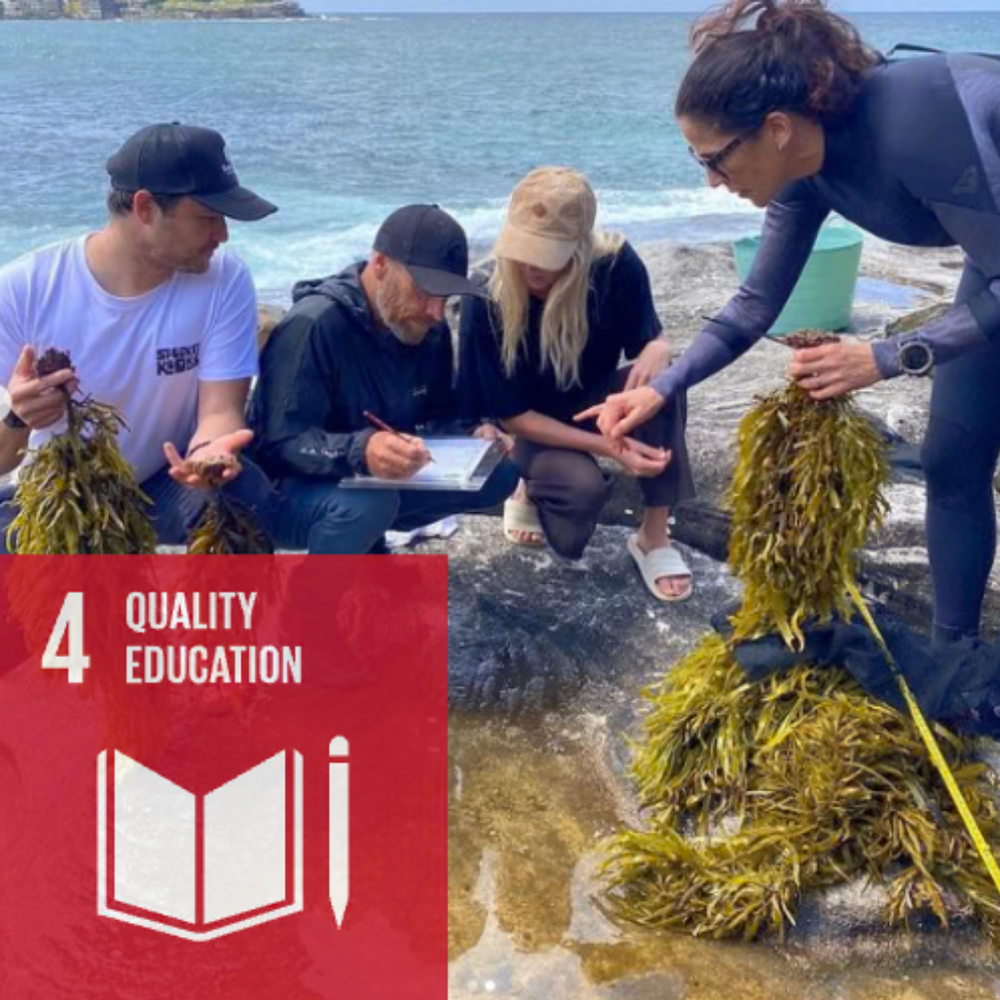
Quality Education
This project engages with younger members of the community through education activities in local schools, including Balgowlah, Clovelly and Avalon Public Schools in Sydney, as well as during National Science Week.
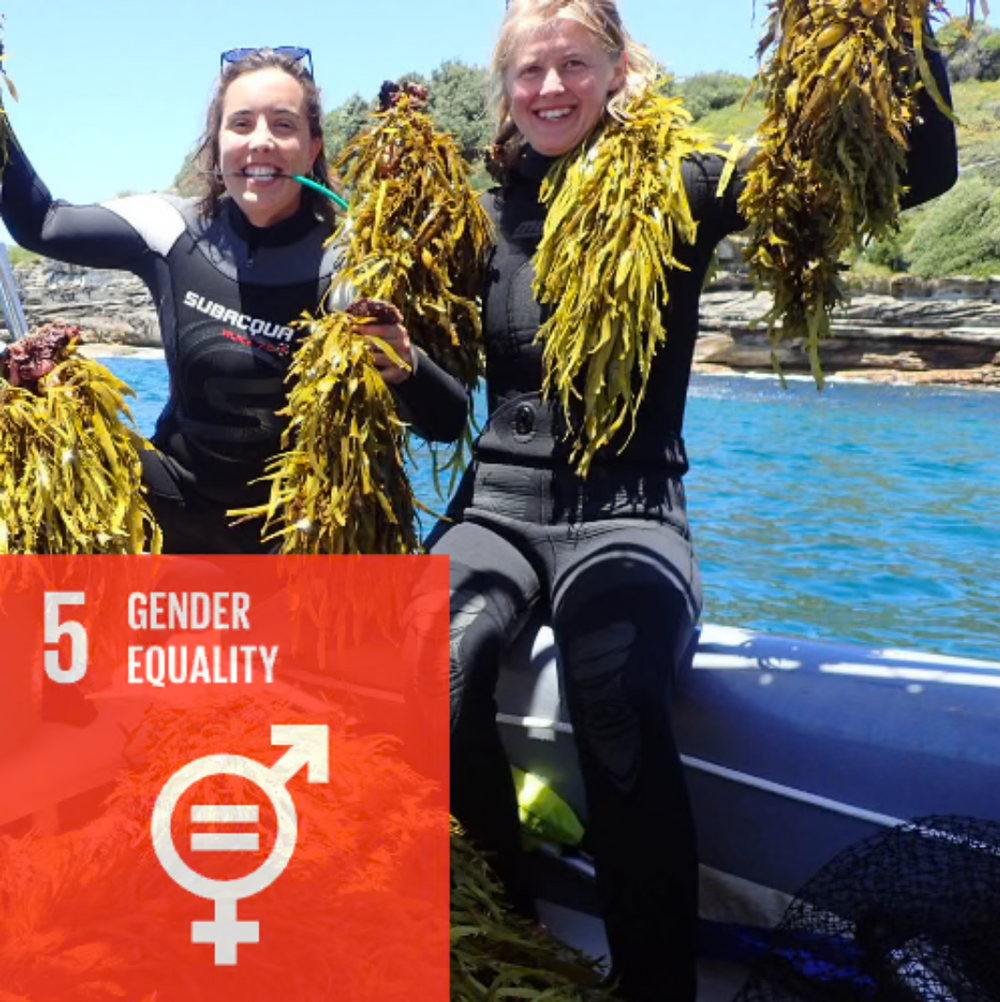
Gender Equality
Operation Crayweed and the Sydney Institute of Marine Science employ several women who are key to the research and conservation efforts of this project. Operation Crayweed also runs community engagement and education activities that empower women and girls in the local areas.
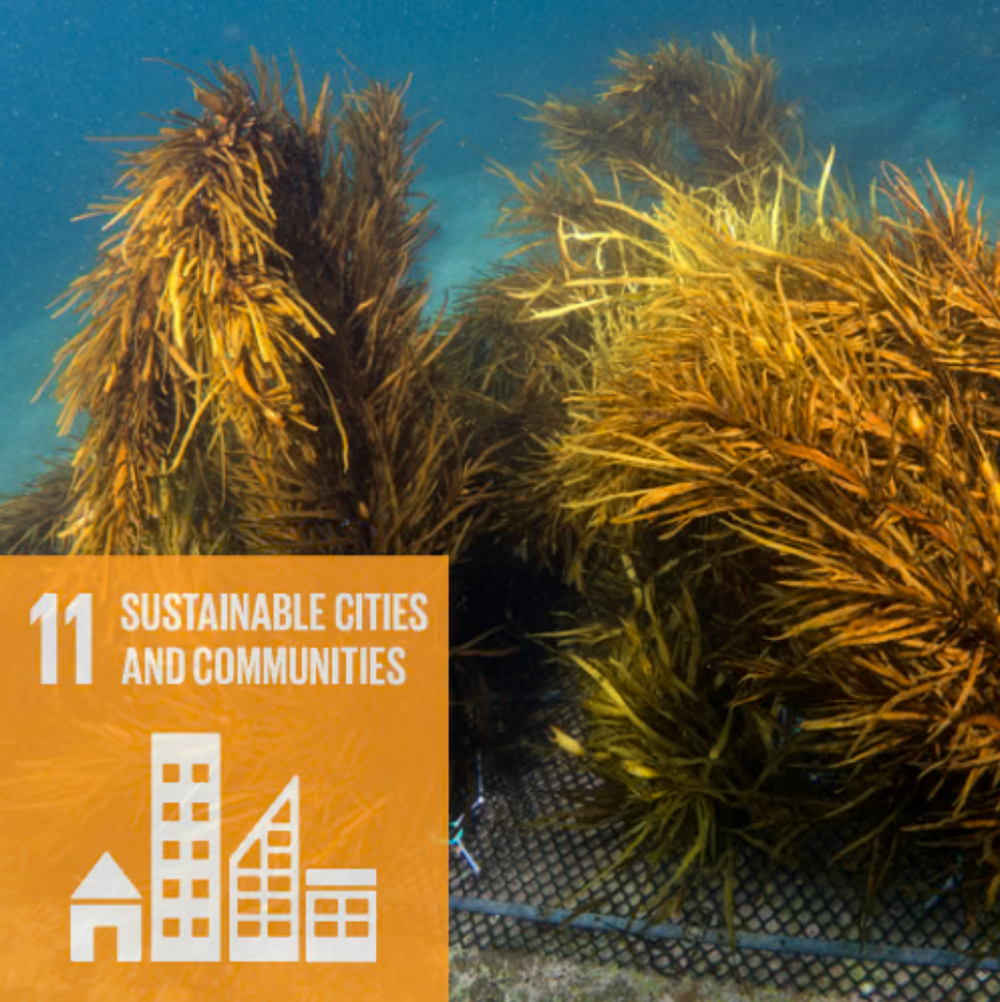
Sustainable Cities and Communities
Though not directly, a key aspect of urban resilience and sustainability is the maintenance and enhancement of native biodiversity and habitat, which this project implements by restoring crayweed forests along Sydney’s coastline, the largest city in Australia.
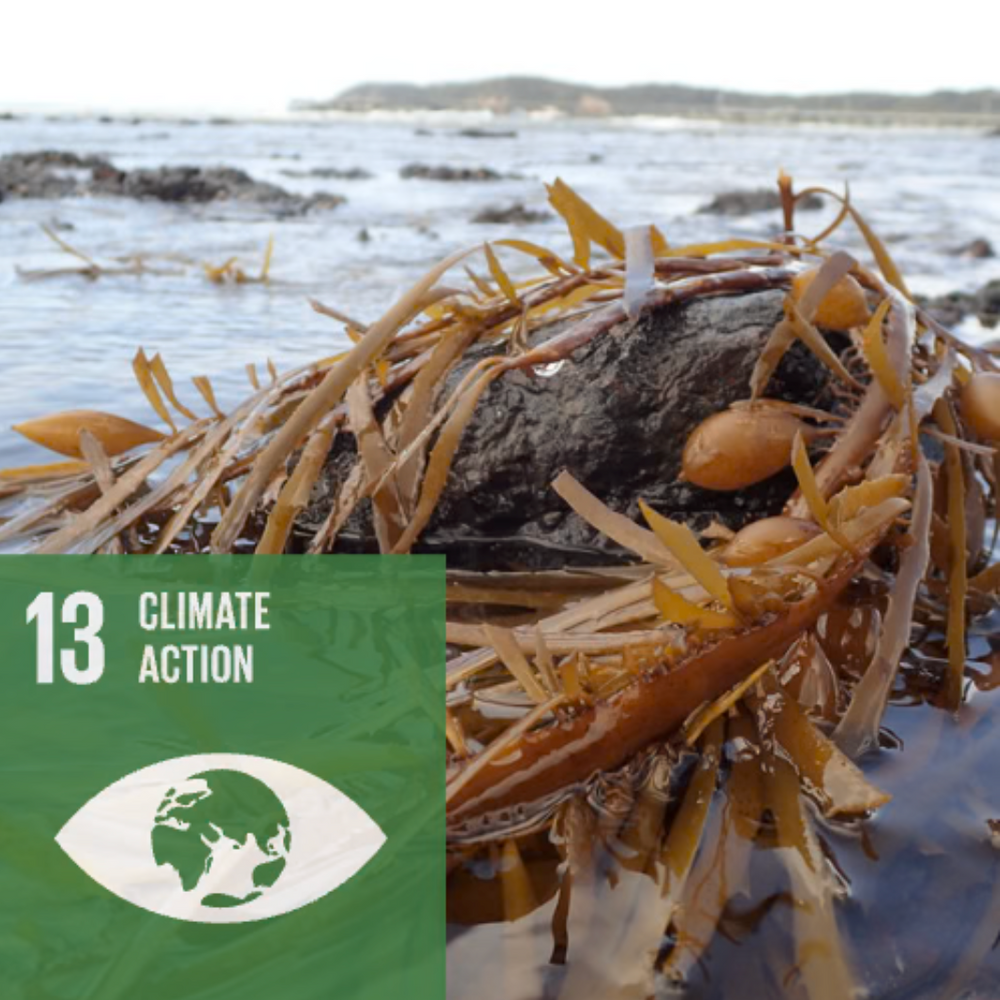
Climate Action
Kelp forests play an important role in sequestering CO2 around the world. Globally, kelp forests sequester as much CO2 as the world's mangrove forests. Additionally, the Sydney kelp forests are among the most important ecosystems on the planet, providing critical food and habitat for hundreds of species.
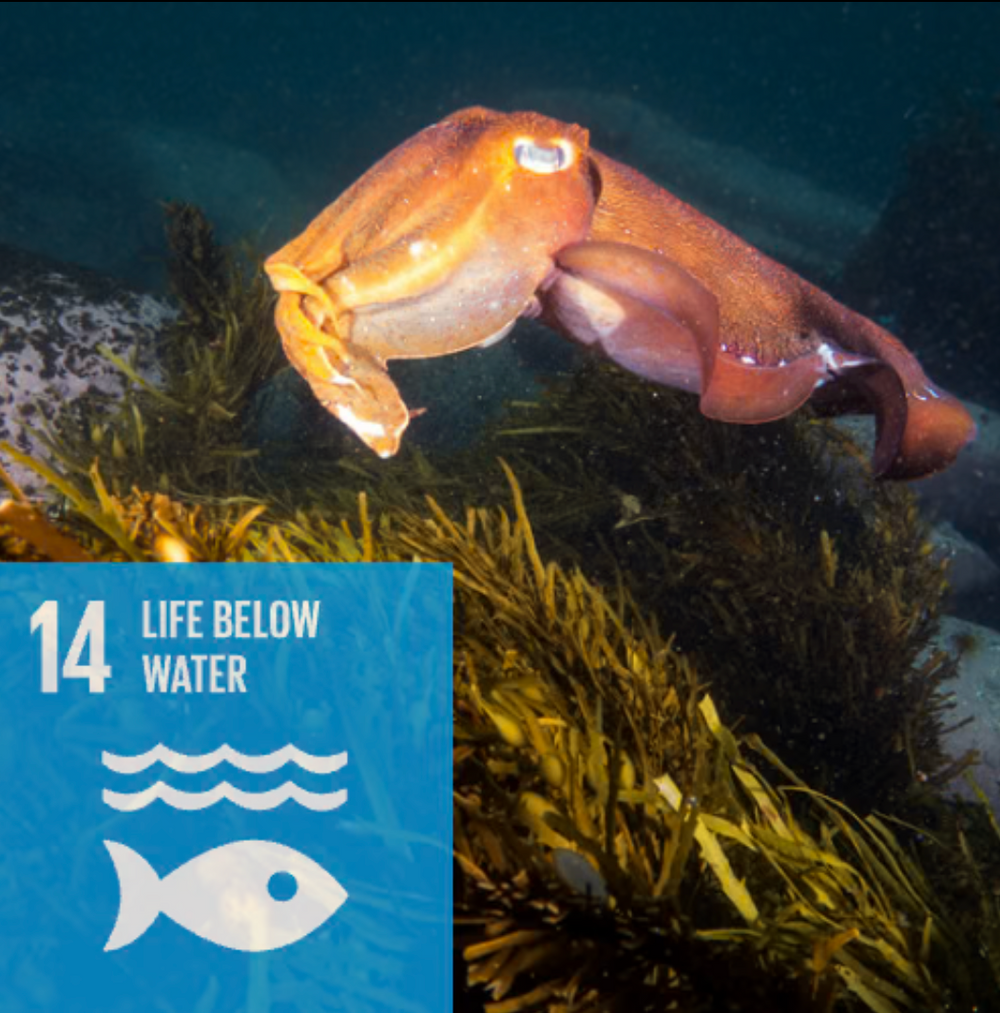
Life Below Water
A key scientific aspect of this project is that we use our understanding of the genetic makeup of populations to restore in order to enhance the genetic diversity (and thus potential resilience) of restored populations. Our current scientific research aims to determine which genotypes/populations of crayweed (and their microbiomes) can be used to build resilience of these forests into the future.
These vast underwater forests support coastal food webs, sequester immense amounts of atmospheric carbon, produce oxygen for marine life, and support unique coastal biodiversity, which is not supported by any other seaweed species.

